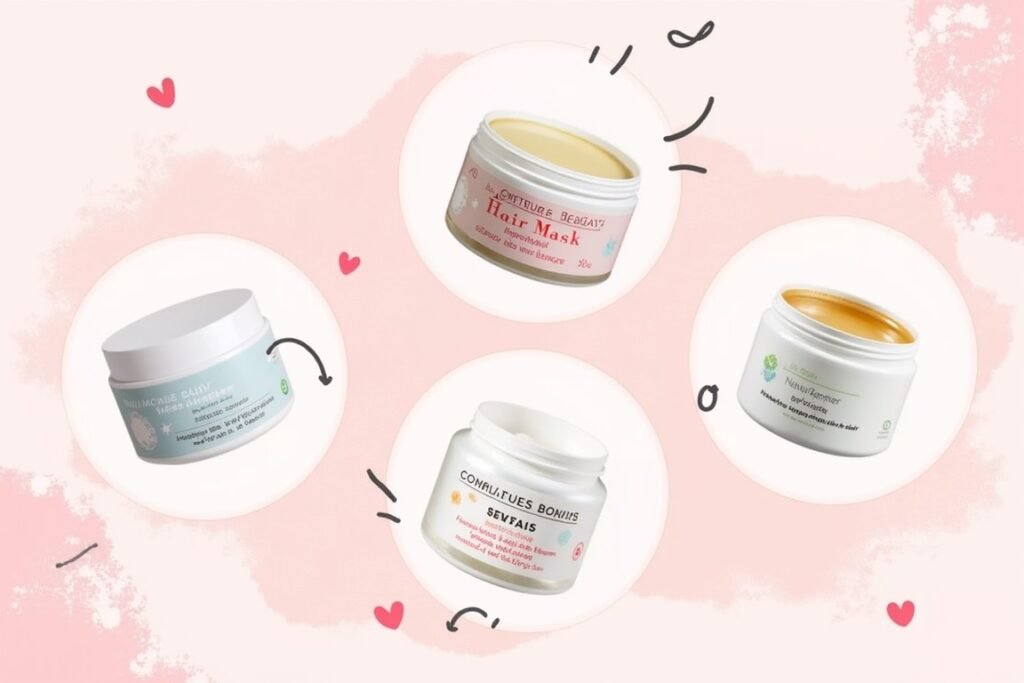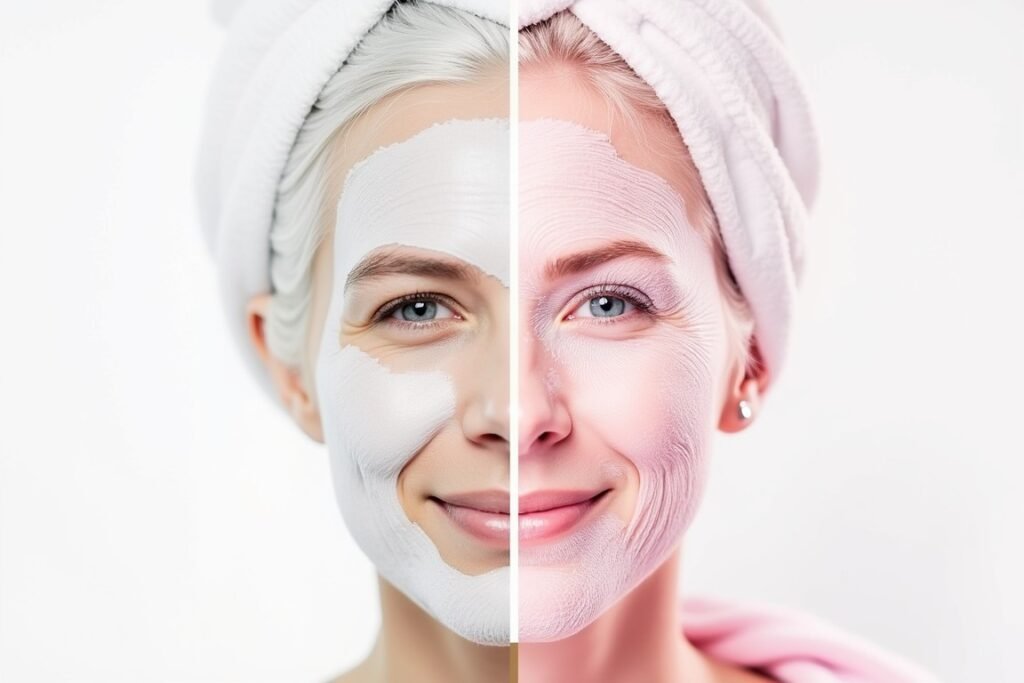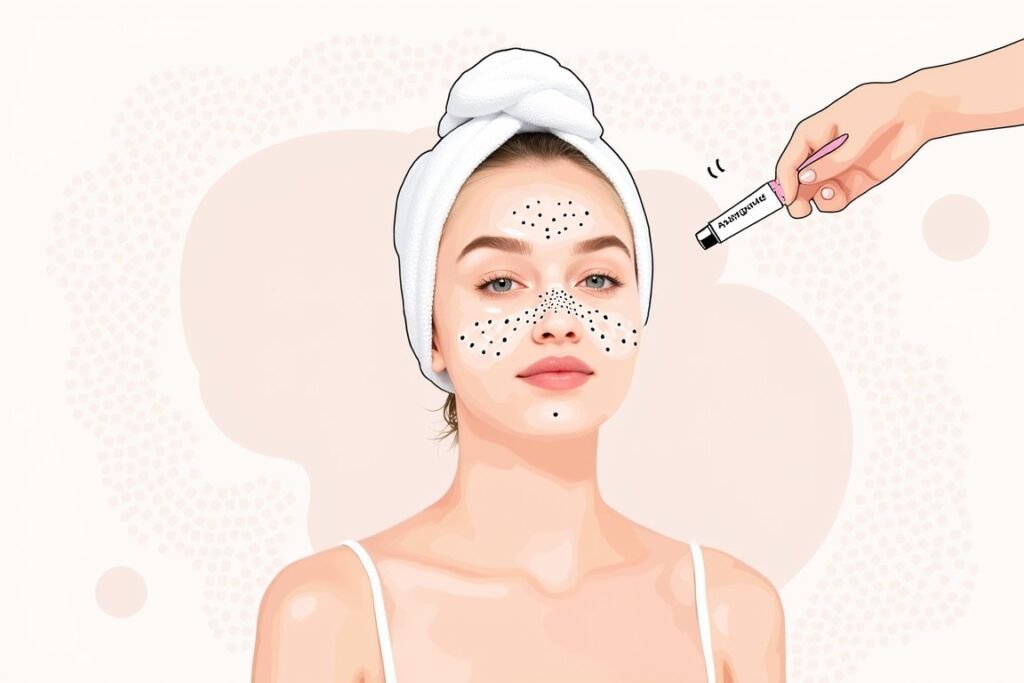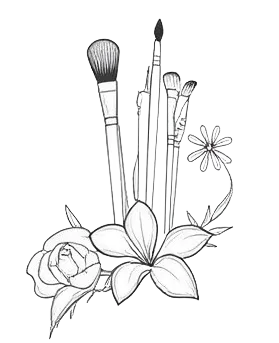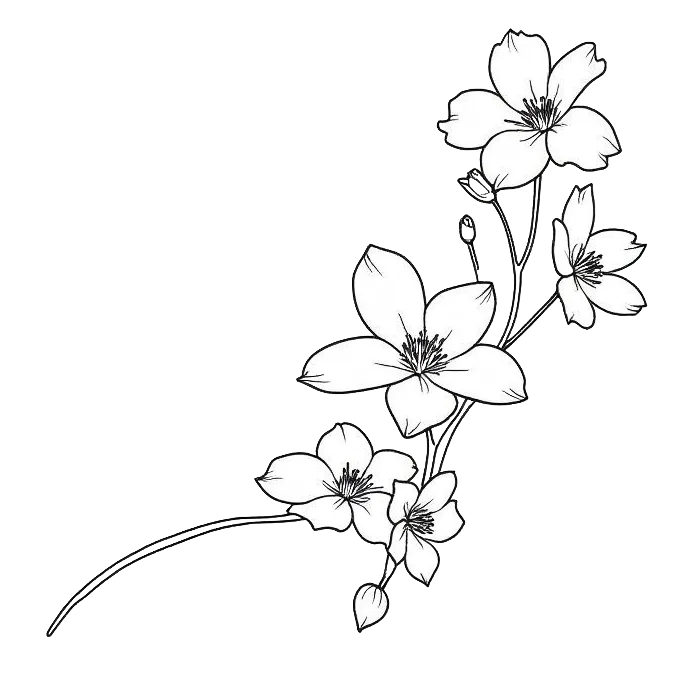A visit to court is not just a legal formality, but also an event that requires proper preparation, both mentally and visually. Although it may seem that clothing is a secondary matter, it is of great importance in the context of building an image and influencing how others perceive you.
Appropriately chosen attire can not only boost our confidence but also influence how we are perceived by the judge, jurors, or other participants in the hearing. In reality, in many cases, our appearance can be the first step to building a positive image, which is invaluable in a court setting.
In this article, we will analyze how to properly choose an outfit for a court hearing, for both women and men. We will consider universal rules that will help everyone prepare for this occasion, and we will also focus on specific gender-related tips.
Key facts:
- Dressing appropriately for court is crucial, as it can significantly impact how you are perceived by the judge and jury.
- Adhering to general clothing guidelines, such as opting for business or business-casual attire, is essential for maintaining a respectful appearance.
- For women, a tailored suit or conservative dress in neutral tones is recommended, accompanied by minimal accessories.
- Men should wear a well-fitted suit with a conservative tie and polished dress shoes to convey professionalism.
- Seasonal considerations are important, with lightweight fabrics suitable for summer and warm layers for winter.
- Aligning your attire with the type of court case can further demonstrate respect and understanding of the legal process.
Contents
Why is the outfit for court so important?
First impressions in court are crucial. The way you dress can significantly impact how you are perceived by the judge, jury, and everyone present. An outfit that is professional and modest can convey respect and seriousness, which are vital in a legal setting. Studies show that nonverbal cues, such as attire, can influence perceptions and decisions.
Therefore, dressing appropriately can subtly communicate your understanding of the gravity of the court proceedings and your respect for the judicial process.
Attire reflects your respect for the court. Dressing in a manner that aligns with the formality of the courtroom shows that you are taking the proceedings seriously. This respect is not only for the legal process but also for the individuals involved, including the judge and jury. A well-chosen outfit can demonstrate that you value the court’s time and authority.
In contrast, inappropriate attire might suggest a lack of regard, potentially affecting the impression you make and, subsequently, the outcome of your case. Thus, selecting the right outfit for court is not merely about fashion but about conveying the right message and attitude.

General rules – universal clothing tips for everyone
When attending court, it’s essential to adhere to universal clothing guidelines that apply to everyone, ensuring a respectful and appropriate appearance. Here are key tips to consider:
- Formality: Opt for business or business-casual attire. A suit, dress, or tailored outfit often fits the formality required in court.
- Color: Choose neutral and subdued colors such as black, navy, gray, or white. These hues convey professionalism and do not distract.
- Fit: Ensure your clothing fits well. Avoid overly tight or baggy garments, as they can appear unkempt or inappropriate.
- Cleanliness: Wear clean and pressed clothing. A neat appearance suggests attention to detail and respect for the occasion.
- Minimalism: Keep your look simple. Avoid flashy patterns, logos, or embellishments that can be distracting.

How to dress for court as a woman
When dressing for court as a woman, it’s crucial to present a polished and respectful appearance that aligns with the formality of the setting.
Opting for a tailored suit or a conservative dress is often the best approach. A suit, consisting of a blazer and matching skirt or trousers, communicates professionalism and authority. On the other hand, a knee-length dress with a modest neckline offers a traditional yet refined option. Both choices should be made from high-quality materials in neutral tones, such as black, navy, or gray, to maintain a subdued and respectful look.
Accessories should be minimal and understated. Small stud earrings and a simple watch are suitable, as they do not draw attention away from the overall outfit. Footwear should be closed-toe and low-heeled to ensure comfort and appropriateness.
Below is a comparison table of different clothing options and their appropriateness for court:
| Clothing Option | Appropriateness |
|---|---|
| Tailored Suit (Blazer and Skirt/Trousers) | Highly Appropriate |
| Conservative Dress (Knee-Length) | Appropriate |
| Casual Dress | Inappropriate |
| Bright Colors or Bold Patterns | Inappropriate |
How to dress for court as a man
When dressing for court as a man, it’s vital to convey a sense of respect and professionalism that aligns with the seriousness of the legal environment. A well-fitted suit is the cornerstone of a suitable court outfit.
Opt for a classic two-piece suit in neutral colors such as navy, charcoal, or black. These hues are universally acknowledged for their formality and sophistication. A crisp, white or light blue dress shirt should accompany the suit, as these colors are traditionally associated with cleanliness and reliability. Pairing the suit with a conservative tie, preferably in solid colors or subtle patterns, enhances the overall polished appearance, signaling attention to detail and respect for the occasion.
- Suit: Choose a well-tailored, two-piece suit in navy, charcoal, or black.
- Dress Shirt: Opt for crisp, white or light blue options.
- Tie: Select conservative ties in solid colors or subtle patterns.
- Footwear: Wear polished, black or brown dress shoes.
Footwear should not be overlooked, as it completes the ensemble and contributes significantly to the overall impression. Polished dress shoes in black or brown are recommended, as they are emblematic of classic elegance. Ensure that the shoes are well-maintained, as scuffed or worn footwear can detract from the professional image you aim to project.
The overall ensemble of suit, shirt, tie, and footwear is designed to communicate confidence, respect, and seriousness, which are essential qualities in a courtroom setting. By adhering to these guidelines, you demonstrate an understanding of the courtroom’s decorum and the importance of presenting oneself appropriately.

Court outfit and the season
When dressing for court, it’s essential to consider the season to ensure comfort while maintaining the required level of formality. Seasonal changes can significantly influence fabric choices, layering strategies, and overall outfit composition.
In warmer months, lightweight materials such as cotton or linen can be advantageous for their breathability and comfort. For men, opting for a suit made from these materials can help in staying cool while still looking professional.
Women can choose dresses or skirts paired with blouses in similar fabrics, ensuring that their attire remains polished without causing discomfort. Light colors are often preferable in summer to reflect heat, but it’s crucial to keep within the bounds of conservative court colors.
Conversely, during colder months, layering becomes key. Men might select woolen or tweed suits, which provide warmth without sacrificing sophistication. A long overcoat in a neutral shade, like grey or navy, can be worn over the suit and removed once inside to reveal a neat appearance. Women can benefit from woolen dresses or suits paired with tights for additional warmth. Additionally, incorporating scarves or shawls can add a layer of warmth and elegance.
Regardless of the season, the primary goal is to balance comfort with the seriousness of the court environment, ensuring that attire is both respectful and appropriate for the weather.
| Season | Men | Women |
|---|---|---|
| Spring | Lightweight wool suit, dress shirt, tie | Lightweight blazer, blouse, skirt or trousers |
| Summer | Cotton or linen suit, breathable shirt | Cotton dress or skirt and blouse |
| Autumn | Tweed or wool suit, long-sleeved shirt | Wool dress or skirt suit, tights |
| Winter | Wool suit, overcoat, scarf | Wool suit or dress, overcoat, scarf |
Match your outfit to the type of case
When attending court, it’s vital to align your attire with the nature of the case, as the type of legal proceeding can dictate the appropriate level of formality and presentation. Understanding the nuances of your case can help in selecting an outfit that conveys the right message to the judge and jury.
Dressing appropriately can demonstrate respect for the legal process and help make a positive impression. The seriousness of the case may require a more conservative approach, while less formal proceedings might allow for a slightly relaxed dress code, though still maintaining respectability.
Here are some examples of different case types and corresponding outfit suggestions:
- Criminal Cases: Opt for highly formal attire. Men should wear dark suits with a tie, while women might choose a tailored suit or a conservative dress. Dark colors convey seriousness and respect.
- Civil Cases: Slightly less formal than criminal cases, but still requiring professionalism. Men could choose a blazer with dress trousers, and women can wear a blouse with a pencil skirt or dress pants.
- Family Court: Aim for a polished yet approachable look. Men might consider a sweater over a collared shirt, while women could opt for a neat dress or a blouse with a skirt. Softer colors can be appropriate here.
- Small Claims Court: Business casual attire is acceptable. Men might wear a smart polo shirt with dress pants, while women could choose a modest top with a skirt or slacks.
These choices are not merely about aesthetics; they reflect the importance of the case and the role of the individual in the proceedings. For instance, in criminal cases, the stakes are high, and projecting a serious demeanor through attire is crucial.
Conversely, family court often involves personal matters where presenting oneself as approachable can be beneficial. Dressing appropriately for the case type shows not only respect for the court but also an understanding of the context, which can subtly influence perceptions and outcomes.
Common outfit mistakes
- Wearing overly casual clothing, such as jeans and t-shirts.
- Choosing flashy or distracting patterns and bright colors.
- Opting for revealing or inappropriate attire.
- Neglecting proper grooming and personal hygiene.
- Wearing excessive or noisy jewelry.
Selecting the wrong attire for a court appearance can significantly impact the perception of professionalism and respect.
Wearing overly casual clothing, like jeans and t-shirts, might suggest a lack of seriousness or disregard for the formality of the court setting. Courts are environments that demand respect, and dressing too casually can lead to negative judgments from those present, potentially influencing the case’s outcome. Additionally, flashy patterns and bright colors can be distracting, drawing unnecessary attention away from the proceedings and potentially irritating judges or jurors.
Moreover, choosing revealing or inappropriate attire can undermine credibility and respect. Courts expect a certain level of decorum, and dressing inappropriately can be seen as disrespectful to the judicial process. Neglecting personal grooming and hygiene can also affect first impressions, as it may convey a lack of preparation or concern for the proceedings. Lastly, excessive or noisy jewelry can be distracting and may appear unprofessional.
Each of these mistakes can detract from the primary focus of the court appearance—presenting oneself as a credible and respectful participant in the legal process.
Pay attention to accessories – fragrance and jewelry
Accessories play a crucial role in completing a court outfit, as they can subtly enhance or detract from the overall appearance.
Fragrance and jewelry, in particular, require careful consideration. Wearing a light fragrance can leave a positive impression, as long as it’s subtle and not overpowering. A faint scent can convey a sense of cleanliness and attention to detail. However, strong perfumes or colognes should be avoided, as they can be distracting and may even cause discomfort to others in the courtroom.
Similarly, jewelry should be understated; simple pieces like stud earrings or a classic watch can add a touch of sophistication without drawing undue attention. Avoid large or noisy jewelry, which can be distracting and may come across as unprofessional.
When selecting accessories for a court appearance, it’s important to strike the right balance. Here are some guidelines to follow:
- Do choose subtle fragrances that won’t overpower the room.
- Do opt for minimalistic jewelry, such as small earrings or a simple necklace.
- Do select a classic watch to complement your outfit.
- Don’t wear strong perfumes or colognes that can be distracting.
- Don’t wear large, flashy jewelry that could detract from your professional appearance.
- Don’t use accessories that make noise, as this can be disruptive in a court setting.

Outfit examples – inspiration
When preparing for a court appearance, it’s essential for both men and women to choose outfits that convey professionalism and respect for the judicial process.
For men, a classic option is a well-tailored suit in neutral tones like navy, charcoal, or black. Pair it with a crisp white dress shirt and a conservative tie in a solid color or subtle pattern. This ensemble projects authority and composure, ensuring that your appearance is polished without being ostentatious. Complete the look with clean, polished dress shoes and a matching belt. This combination not only adheres to traditional standards of court attire but also communicates reliability and seriousness.
Women can opt for a tailored suit consisting of a blazer and matching skirt or pants in similar neutral shades. A blouse in a soft color or simple pattern can add a touch of personality while maintaining a professional demeanor. A knee-length skirt or well-fitted trousers are recommended to ensure comfort and respectability. Closed-toe shoes with a moderate heel are ideal for maintaining a professional silhouette. Accessories should be kept minimal, as discussed earlier, to avoid drawing attention away from the proceedings.
These outfit choices work well because they align with the norms of formality expected in a courtroom setting, ensuring that your attire supports your credibility and respect for the court.

What to avoid wearing to court?
When attending a court session, certain clothing choices should be strictly avoided due to their potential to convey a lack of seriousness or disrespect. Here is a list of attire that is generally considered inappropriate for court:
- Casual wear such as jeans, t-shirts, or shorts
- Clothing with logos, slogans, or graphic prints
- Revealing attire, including low-cut tops, short skirts, or sleeveless dresses
- Bright colors or flashy patterns
- Flip-flops or other casual footwear
- Excessive jewelry or accessories
- Hats or headwear (unless for religious reasons)
The rationale behind these recommendations is rooted in the need to demonstrate respect for the judicial process. Courts are formal environments, and dressing appropriately is a sign of respect for the institution and the proceedings.
Wearing casual or revealing clothing can suggest a lack of seriousness and may negatively impact how you are perceived by the judge and jury. Similarly, clothes with logos or slogans can distract from the case at hand, drawing unnecessary attention to your attire rather than your words or actions.
Failing to adhere to these guidelines can have several potential consequences. It may result in being asked to leave the courtroom to change into more suitable attire, which could delay proceedings or reflect poorly on your character. In some cases, improper dressing might even influence the outcome of your case, as appearance can subtly affect judgments about credibility and trustworthiness.
By choosing your clothing carefully, you ensure that your presentation respects the court’s decorum and supports a fair and unbiased evaluation of your case.



